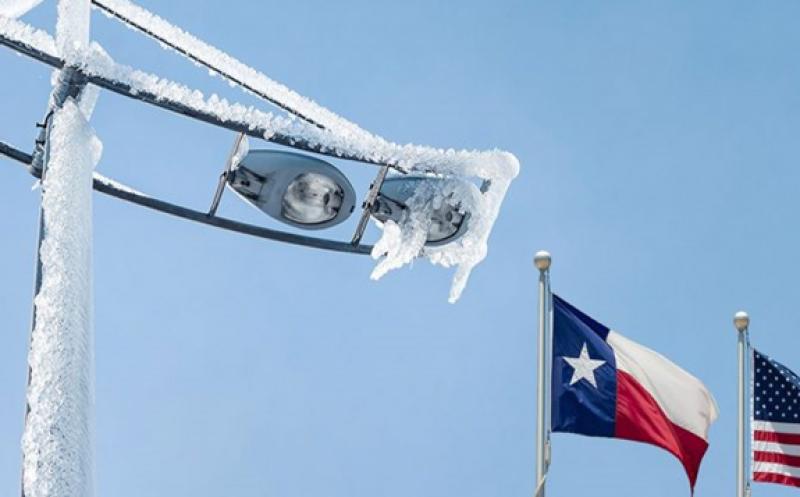Operations teams focus on resuming production at RWE’s affected onshore wind turbinesRWE expects significant negative earnings impact in Onshore Wind/Solar segment due to abnormal pricing conditions

The US is experiencing extreme winter weather conditions all the way down to the Gulf region with extremely low temperatures and icing conditions. This has led to a low availability of electricity generation assets in Texas. ERCOT, the Texas grid operator, was forced to order rotating outages affecting millions of customers in Texas. The Governor of Texas, Greg Abbott issued Disaster Declaration in response to severe winter weather and President Joseph R. Biden approved Texas Emergency Declaration.
Freezing temperatures severely reduced power generation across all technologies. Given this general situation, part of RWE’s onshore wind fleet in Texas was also partly out of service from 9 February because of icing and grid issues. The RWE operations teams are continuing to focus their efforts on getting back the affected wind turbines to full operation. Silvia Ortín Rios, Chief Operating Officer (COO) Wind Onshore and Solar Photovoltaics Americas of RWE Renewables said: “Priority number one is to safely resume operations at our production sites. I would like to thank all our employees who are working hard to get through this difficult situation for all families in Texas.”
The extreme weather conditions also impacted power prices. High electricity demand from residential heating in combination with lower production and power plant availability led to high electricity market prices. As RWE had sold parts of its expected production from wind turbines in advance, the company had to purchase these volumes to fulfill its supply obligations. The already high prices were further increased following an order from the Public Utility Commission directing ERCOT to make adjustments to the prices. This resulted in costs to buy back power increasing further and up to USD 9,000 per megawatt hour (MWh). As a result, the adjusted EBITDA (earnings before interest, taxes, depreciation and amortisation) of the Onshore Wind/Solar segment in 2021 are expected to be negatively affected in the range of a low to mid three-digit million euro amount in total.